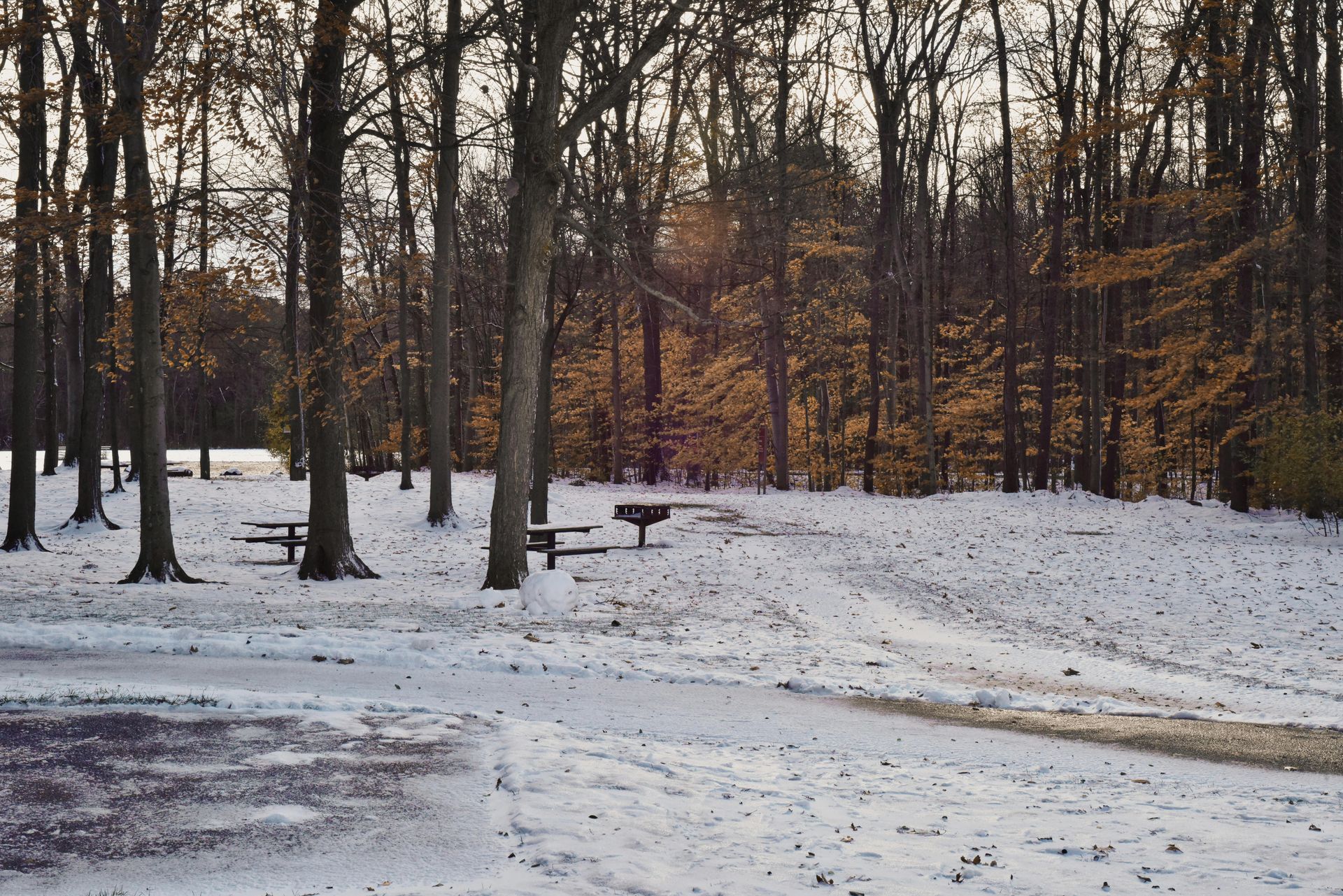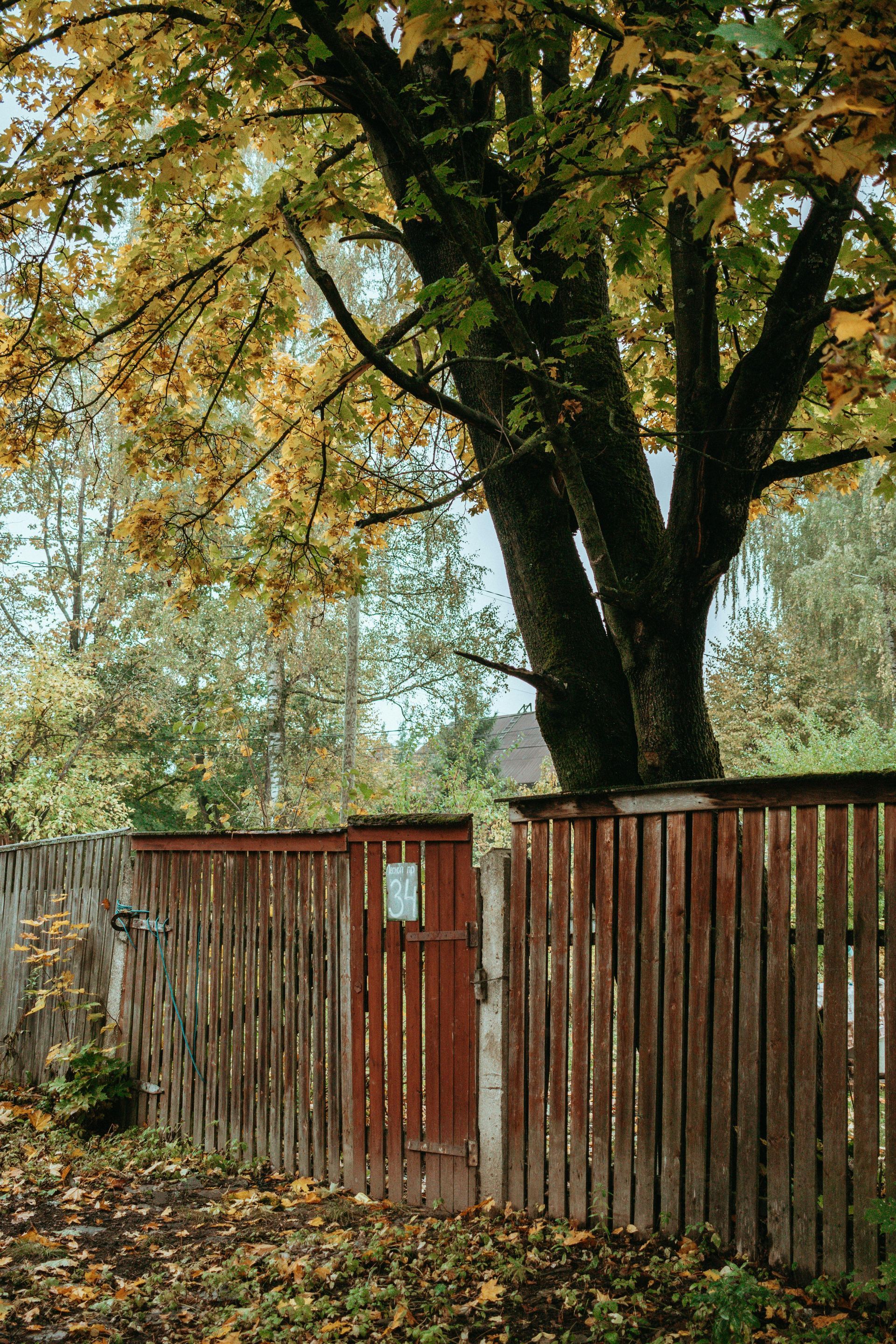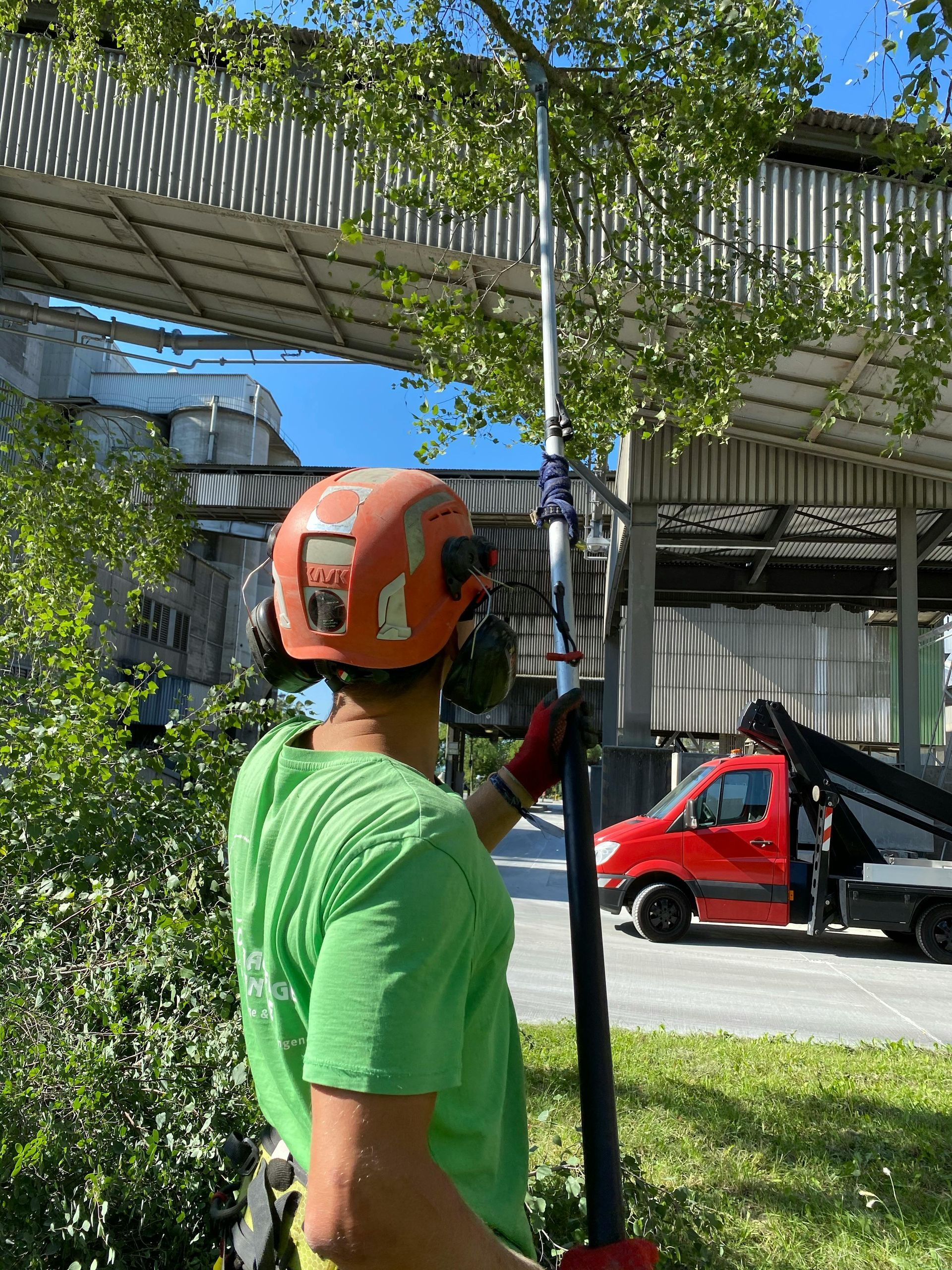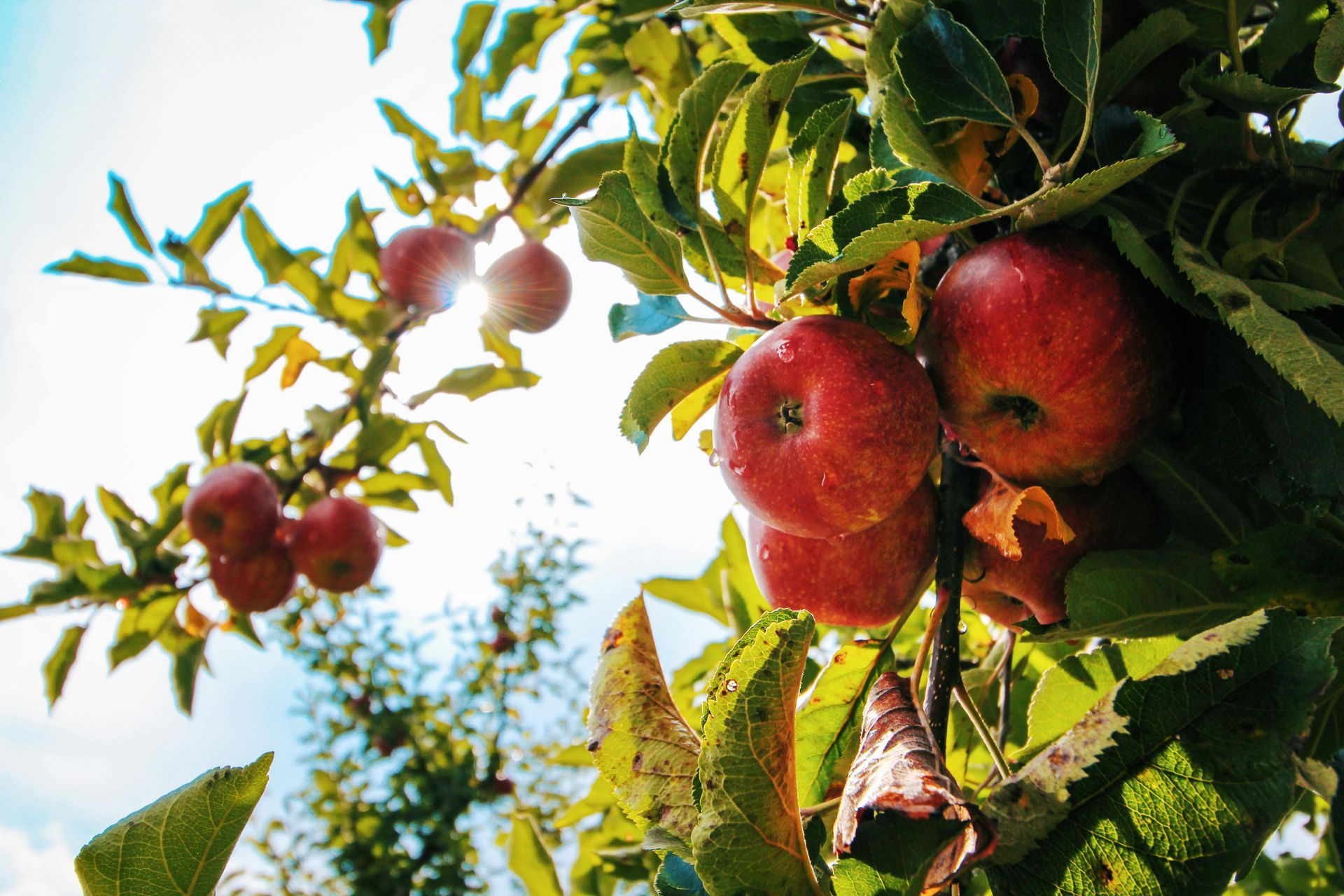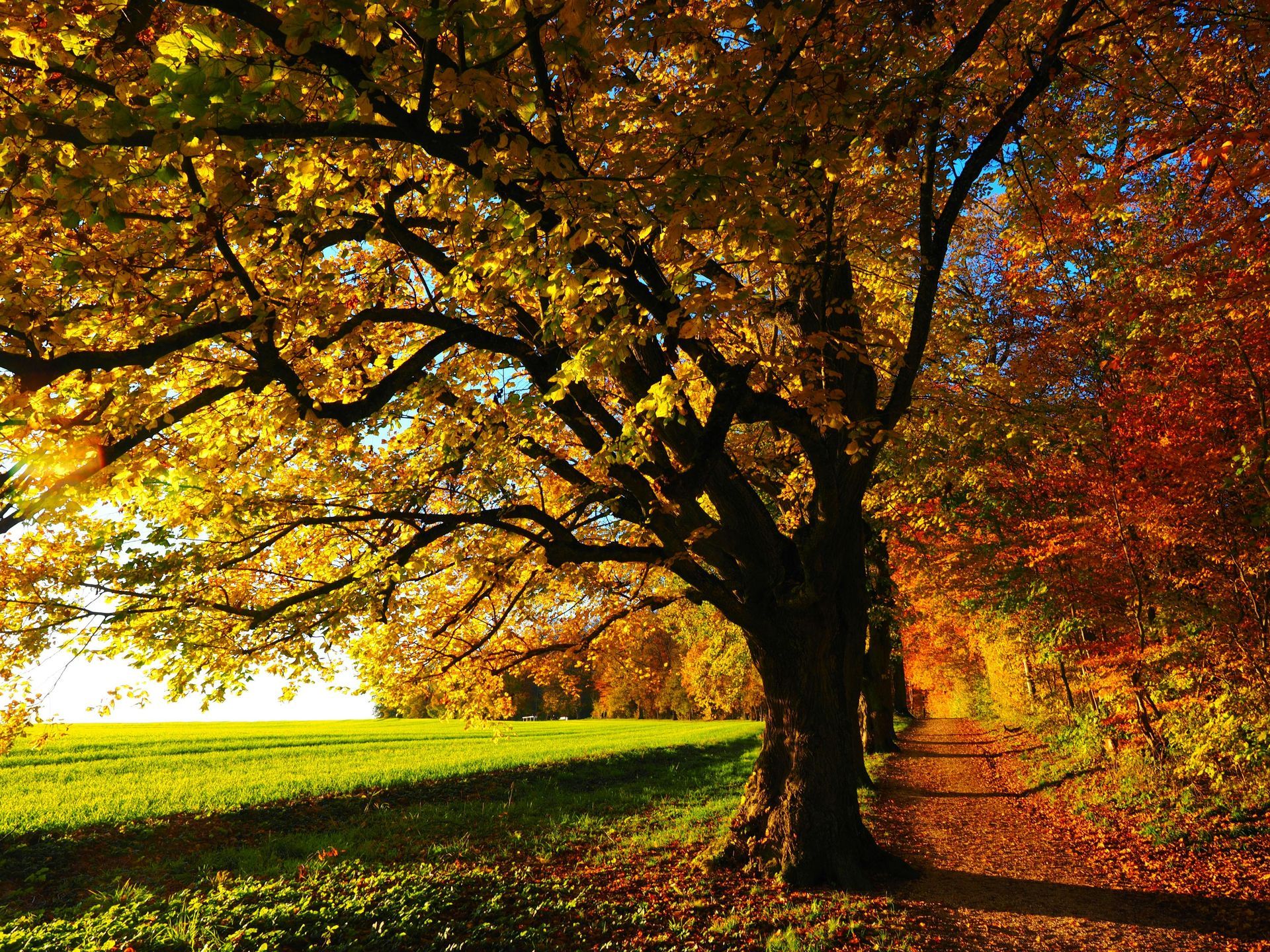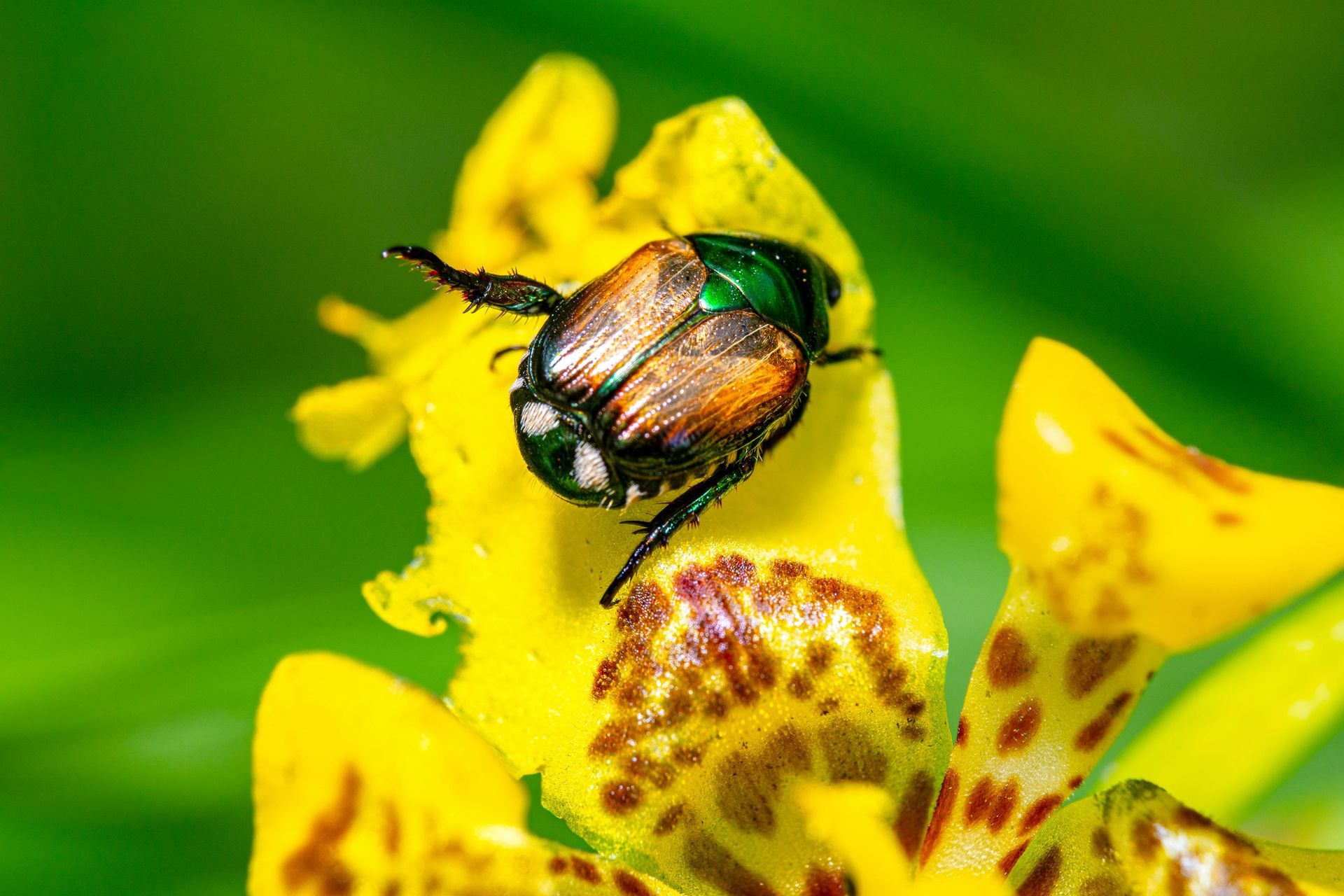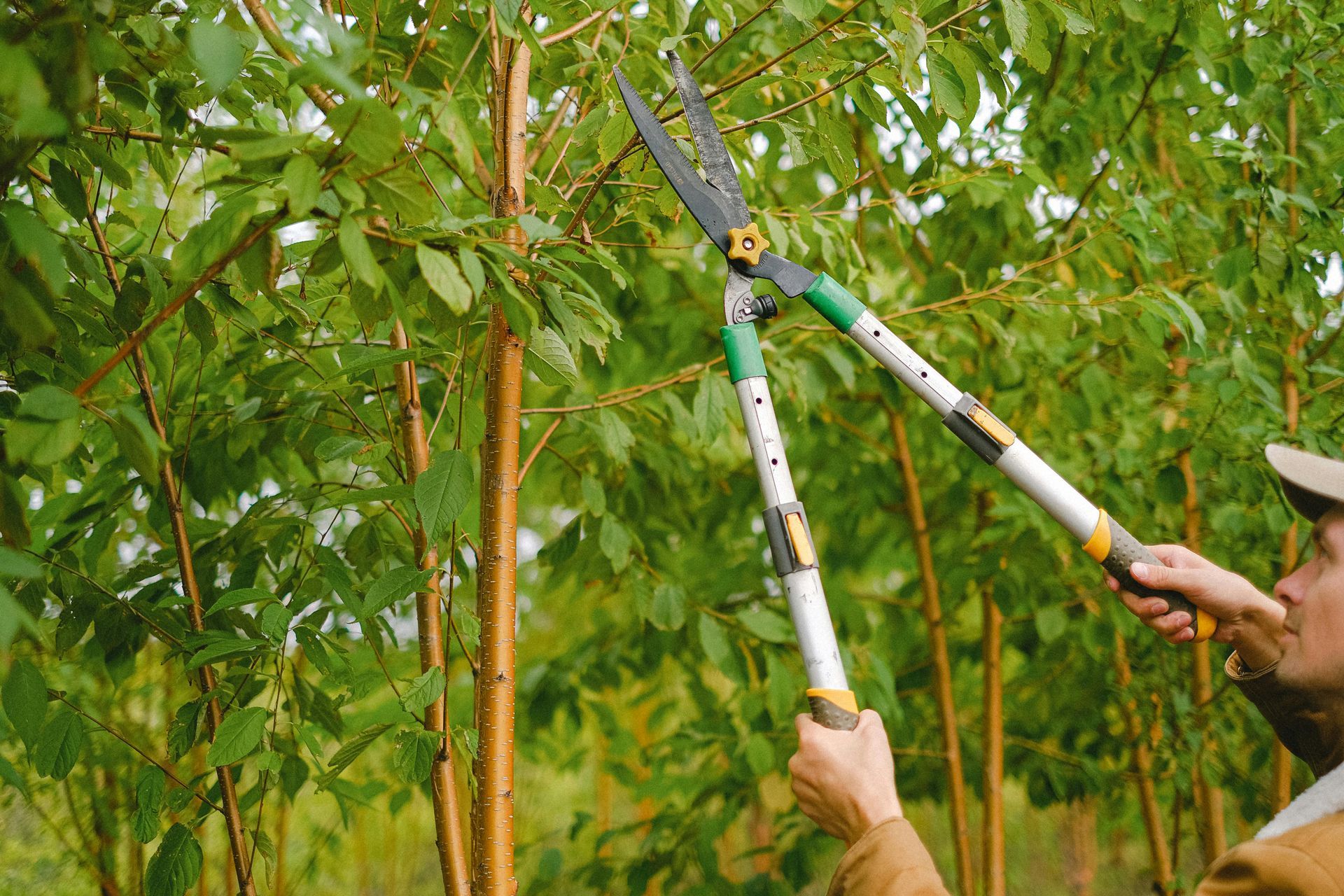Late Summer Tree & Shrub Care
Preparing for the Transition to Fall
Introduction
July is prime time for Japanese beetles, scale insects, and mites—and they can do serious damage if left unchecked. The good news? With smart monitoring and targeted treatment, you don’t need to over-spray your landscape.
Here’s what to look for and how to handle summer pest problems the smart way.
1️⃣ Japanese Beetles Are Active Now
These shiny green beetles feed on the foliage of dozens of plant species, leaving a lace-like skeleton of the leaf behind.
Watch for:
- Groups of beetles feeding in the morning or late afternoon
- Skeletonized leaves on linden, birch, crabapple, roses, and others
- Damage that worsens daily
🚫 Avoid using traps—they can attract more beetles than they catch.
2️⃣ Scale Insects Are in Their Vulnerable Stage
Many scale species hatch in July and are easiest to treat now.
Look for:
- Small, soft-bodied crawlers on stems and branches
- Honeydew or black sooty mold
- Leaf yellowing or branch dieback
We often use horticultural oil or insect growth regulators for scale—less toxic, more targeted.
3️⃣ Spider Mite Populations Spike in Heat
These tiny pests thrive in dry, dusty conditions.
Signs include:
- Fine webbing on leaf undersides
- Stippled or bronzed foliage
- Premature leaf drop
💧 Mites hate moisture—sometimes a change in watering or rinsing foliage can make a big difference.
4️⃣ Treat Smart, Not Heavy
We focus on:
✔ Inspecting before spraying
✔ Using selective, reduced-risk products
✔ Avoiding harm to pollinators and beneficial insects
✔ Following life cycles for best timing
🌿 Final Thoughts
Pests are part of nature—but infestations don’t have to be. Smart monitoring and well-timed treatment protect your landscape without overdoing it.
📞 Need help identifying pests or building a summer management plan? Let’s talk. Call today
219-331-5901

